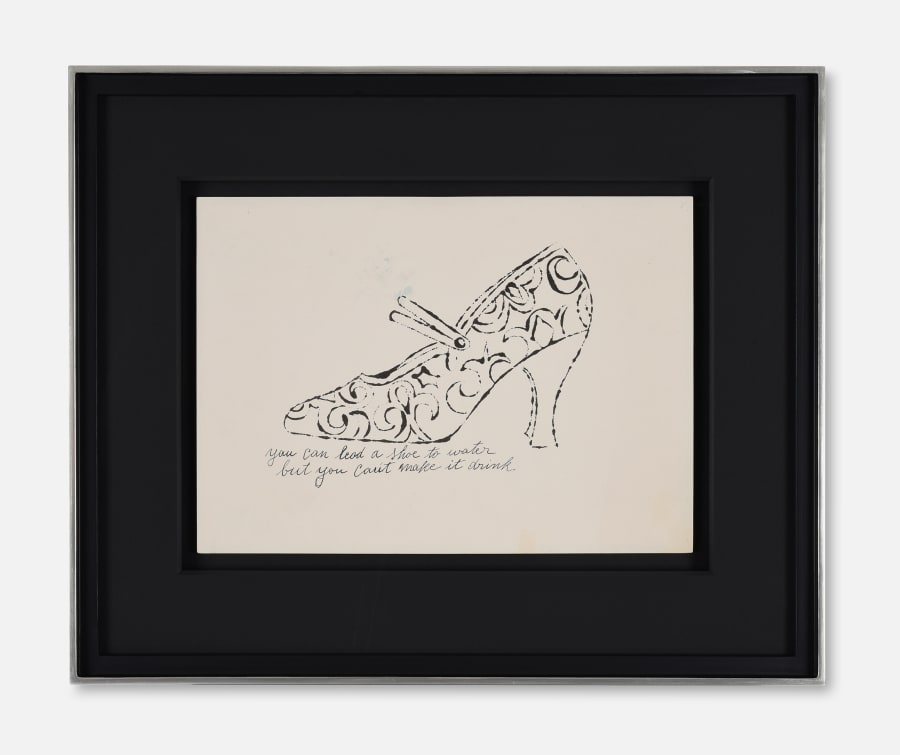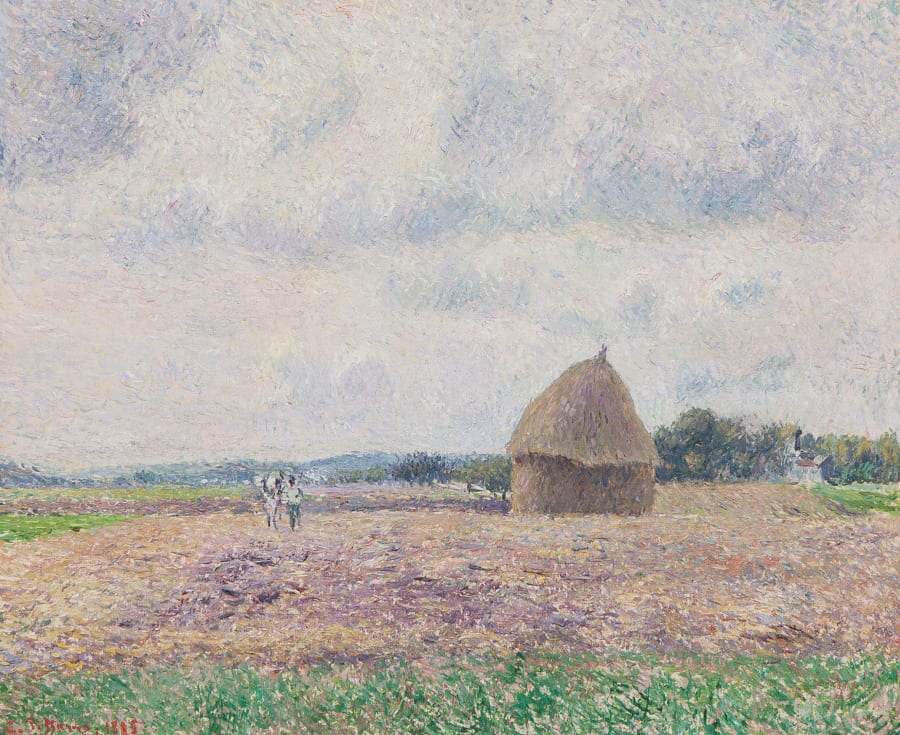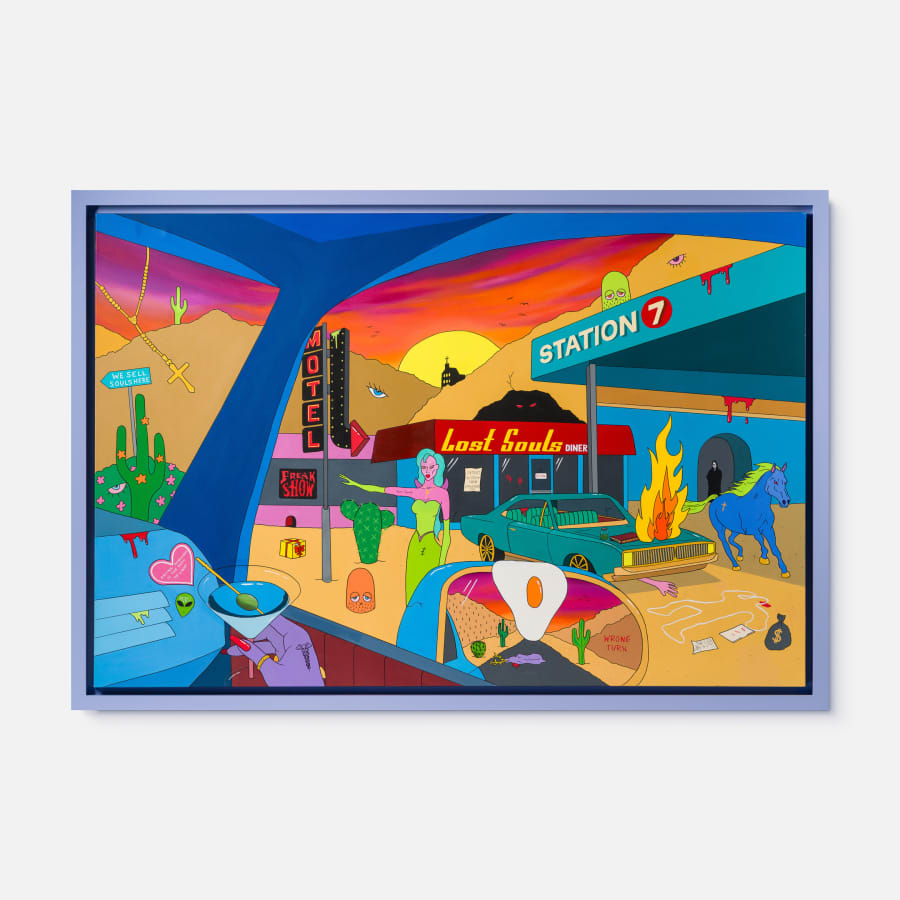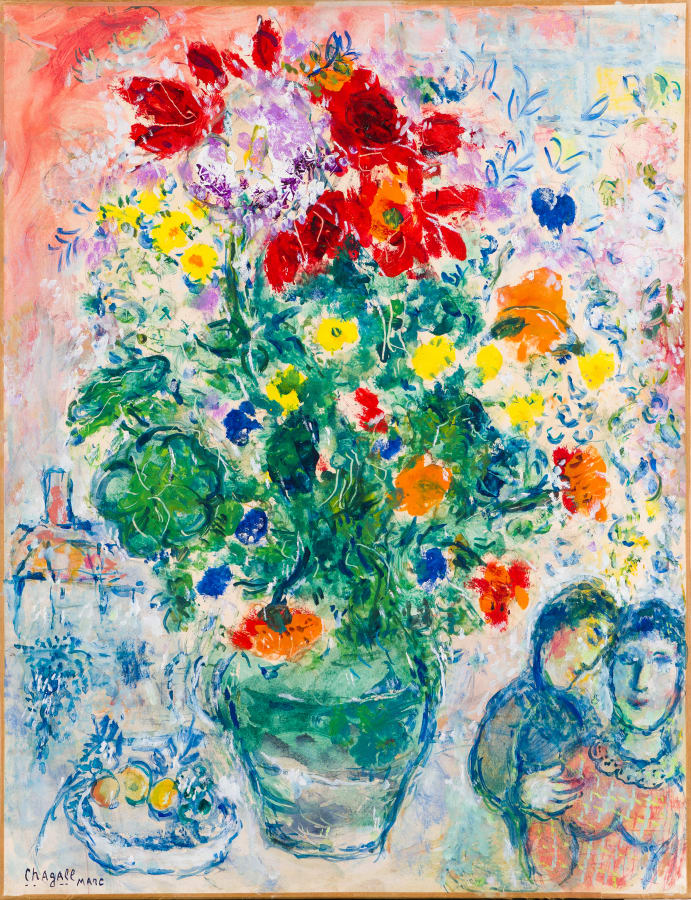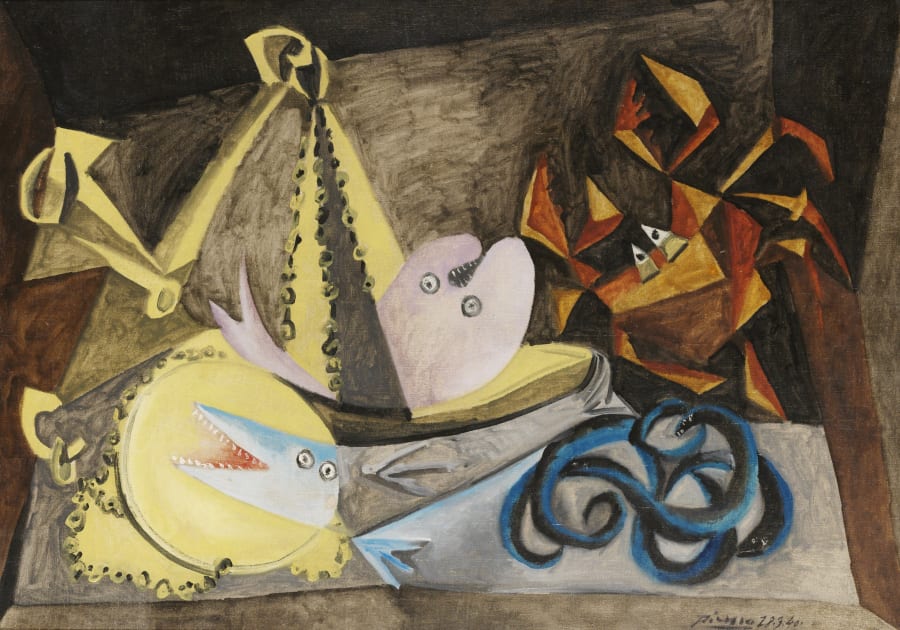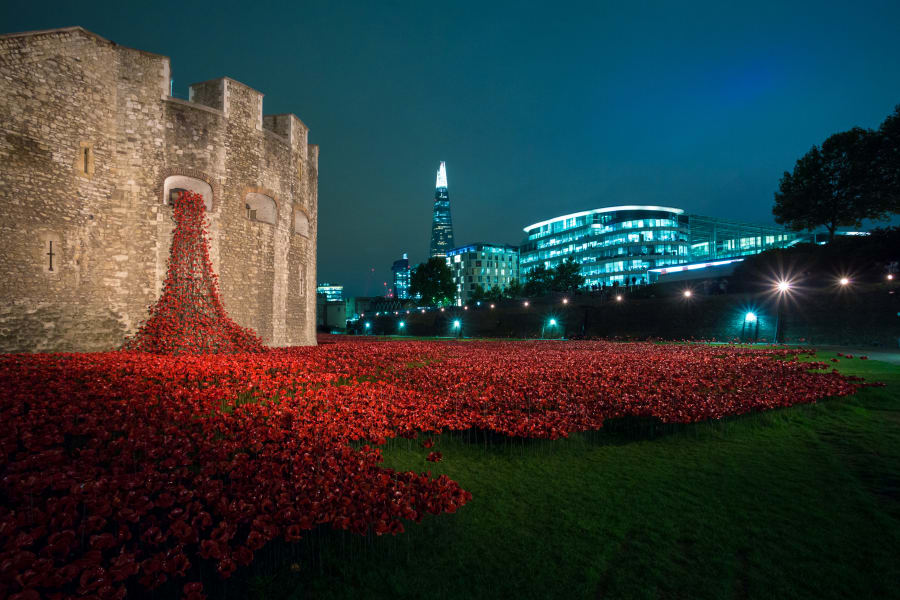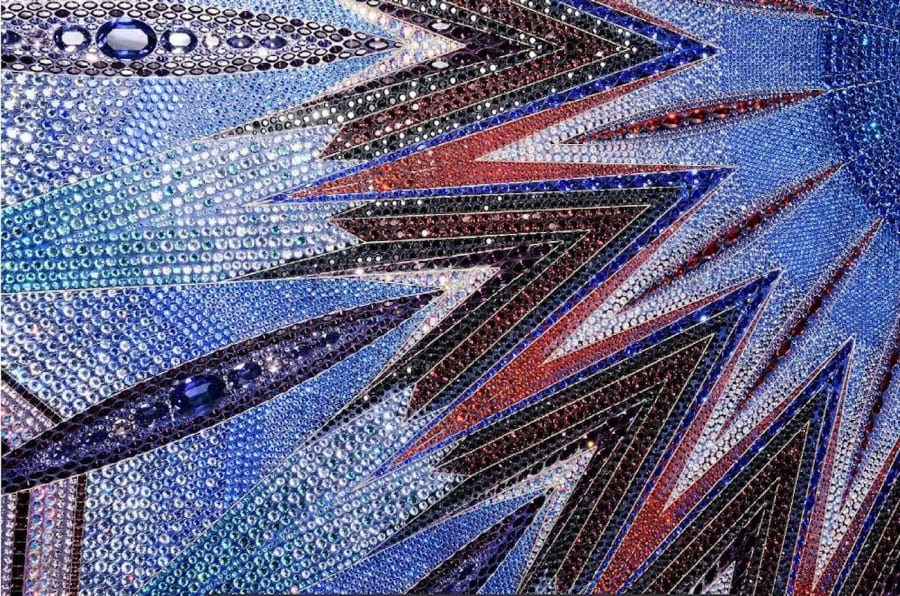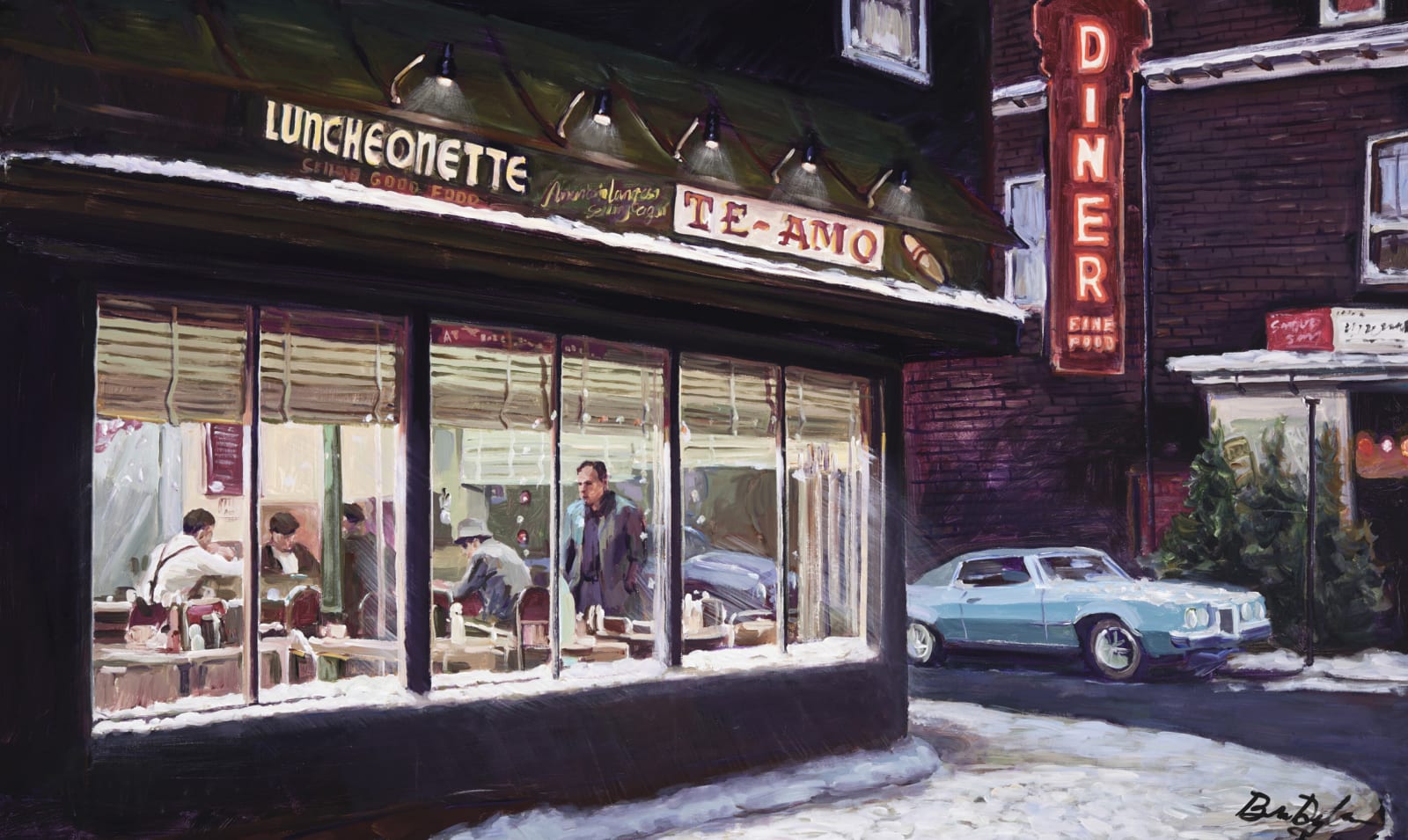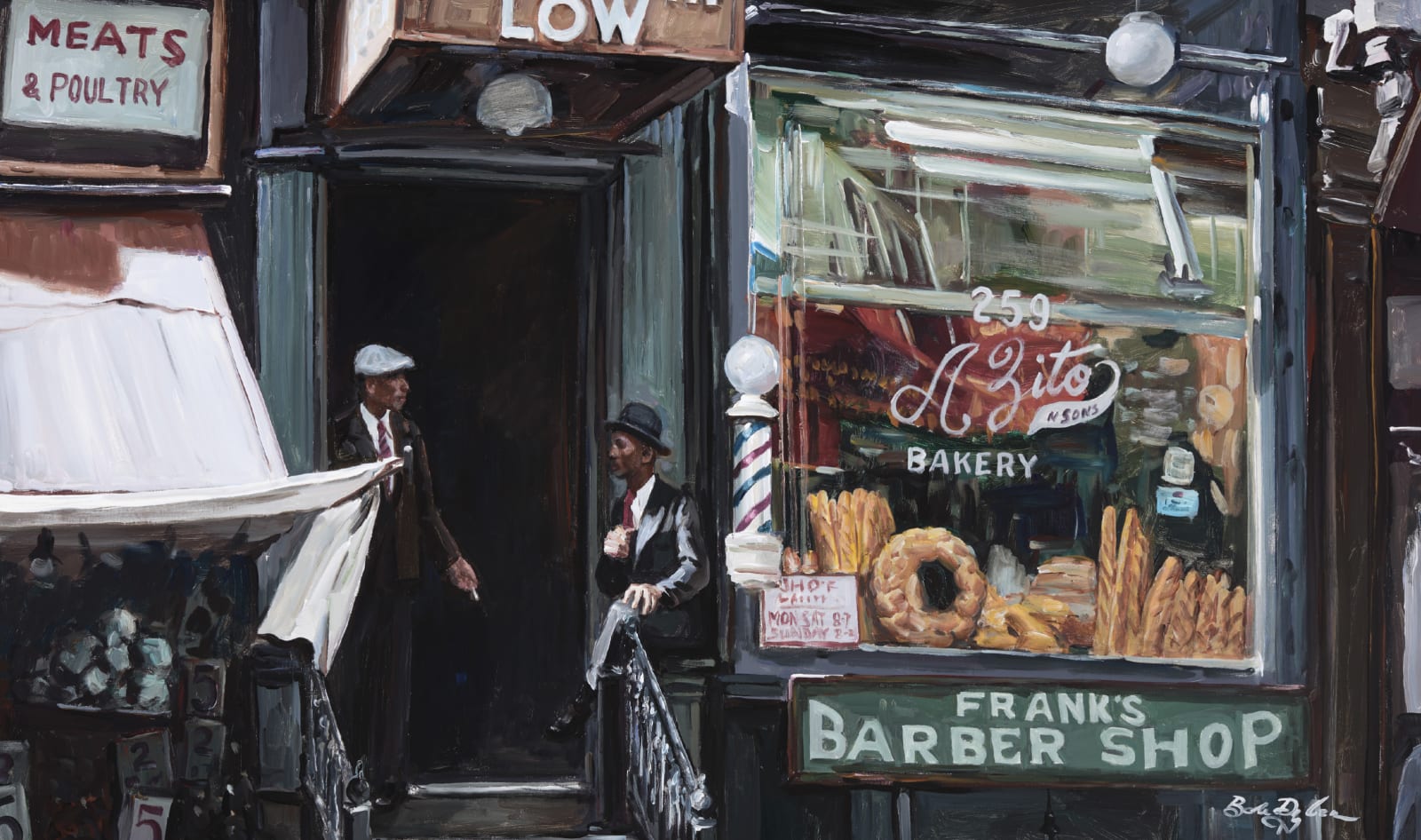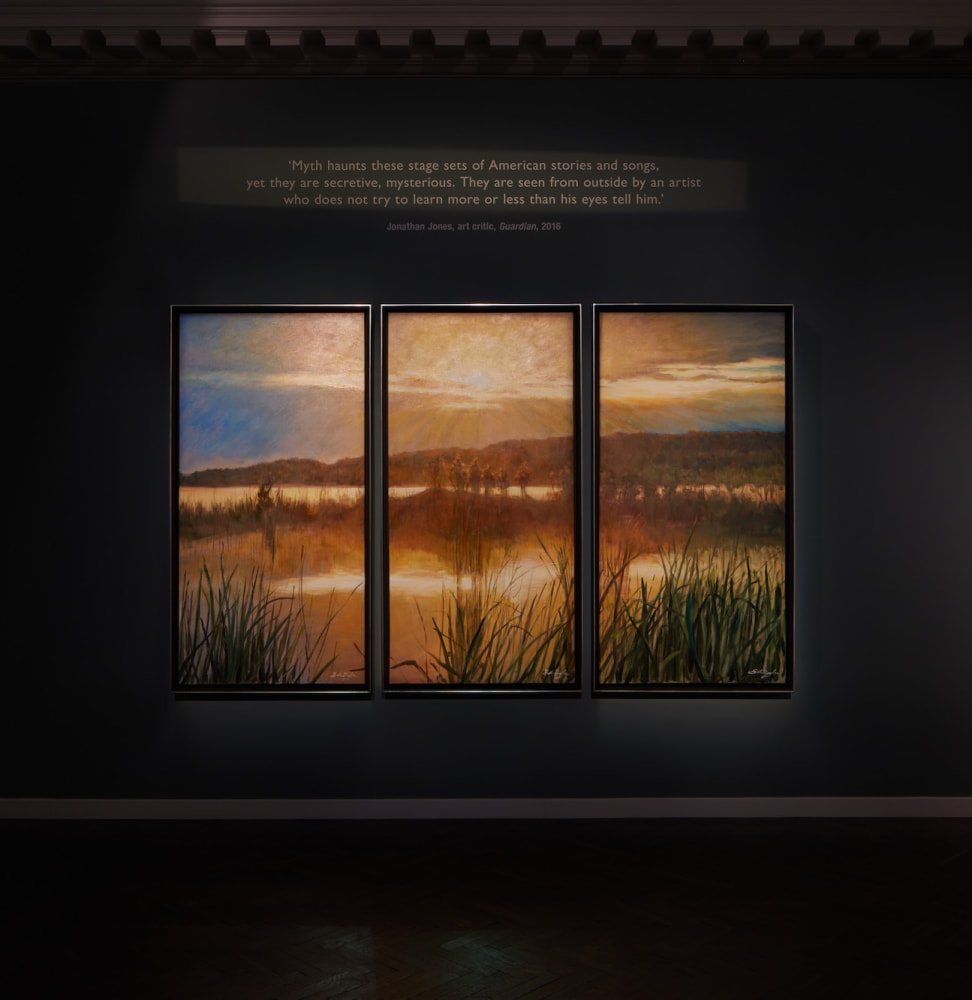Mood Swings, Bob Dylan
There is a tendency to judge Bob Dylan, first and foremost, by his musical output and not as an artist in the widest sense, which is what he truly is. Musician, painter, draughtsman, sculptor – these disciplines are not so far removed from each other, all requiring their own imaginative input, time and practice. That Dylan, this artistic live wire, is responsible for magnificent, intriguing iron sculptures should not be a shock at all, and on reflection they are entirely of a piece with what has come before.
Growing up in Hibbing, in an area of Minnesota known as the ‘Iron Range‘, Bob Dylan was surrounded by the influence of industry during his childhood in the region: the hulking machinery and huge workforce going to and from the mines; the truckloads of taconite rock and rust-coloured haematite ore being driven down to the port. These are the kinds of images that would tattoo themselves on to an impressionable young mind – images of a world where raw materials and man-made objects were bound by the grass roots of production.
The influence of iron and nature on Bob Dylan’s youth is also the juxtaposition contained within his Gates: the material of the structures and the division of landscape that they represent. These works allow you to see what lies behind them, while at the same time barring your path – although not with a sense of confinement, but as a signifier of a change of scenery, a doorway, a symbolic entry point to a new world. With their symbolic potential, the Gates reveal a reverence for the past, for industry and agriculture of the kind now being consigned to the past in our developed world. As opposed to the relentless march of technology, the artist’s faith is still in the soil and the hand and the tool.
